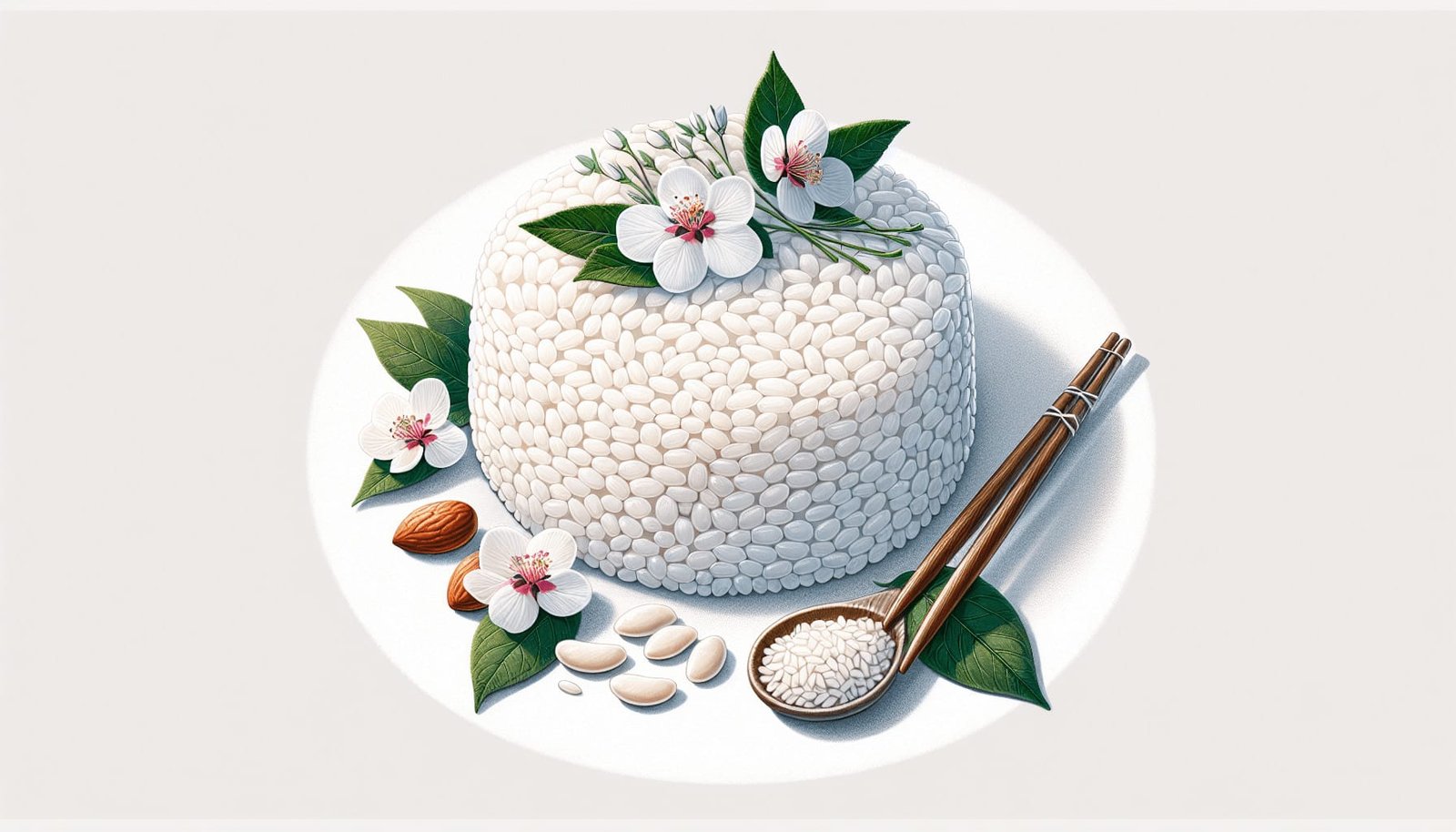Have you ever wondered how to make traditional Korean glutinous rice cake, also known as baekseolgi? This delightful treat is not only delicious but also a part of Korea’s rich culinary heritage. Whether you’re intrigued by its unique texture or its cultural significance, making baekseolgi at home can be a rewarding and enjoyable experience. In this article, you’ll find all the tips and tricks you need to successfully prepare this classic Korean dessert.

Understanding Baekseolgi
Before diving into the recipe, it’s essential to understand what makes baekseolgi special. This rice cake is an essential part of Korean celebrations, often enjoyed during birthdays, weddings, and traditional holidays. Made from glutinous rice flour, it has a distinct chewy texture and a subtle sweetness that pairs beautifully with various toppings or fillings.
The Cultural Significance
In Korean culture, rice cakes are more than just food; they are symbols of good fortune and happiness. Baekseolgi, specifically, is often prepared to mark important life events and is believed to bring prosperity and success.
The Unique Texture
The texture of baekseolgi is what sets it apart from other rice cakes. It should be soft, slightly chewy, and a little sticky — a combination that comes from using the right kind of rice flour and steaming it to perfection.
Ingredients You’ll Need
Creating baekseolgi requires only a few ingredients, but their quality is crucial. Here’s a breakdown:
| Ingredient | Description |
|---|---|
| Glutinous Rice Flour | The main ingredient, providing the distinct texture. |
| Water | To form the dough and achieve the right consistency. |
| Sugar | Adds a hint of sweetness to balance the rice flavor. |
| Salt | Enhances the overall taste of the cake. |
Choosing the Right Rice Flour
It’s important to use glutinous rice flour, not regular rice flour. The glutinous variety contributes to the rice cake’s unique chewy texture. You can find this flour at most Asian grocery stores or online.
Optional Toppings and Fillings
While traditional baekseolgi is often plain, you can add a personal touch with various toppings or fillings. Consider red bean paste, nuts, or fruits to add extra flavor and texture.
The Preparation Process
Now that you have your ingredients ready, let’s walk through the preparation process step by step.
Step 1: Prepare the Rice Flour
Start by sifting the glutinous rice flour to ensure there are no lumps. This step is crucial for achieving a smooth, consistent dough.
Step 2: Mix the Ingredients
In a large bowl, combine the sifted rice flour, sugar, and a pinch of salt. Gradually add water while stirring continuously until you achieve a dough-like consistency.
Step 3: Steaming the Dough
Steaming is the key to the perfect baekseolgi. If you have a bamboo steamer, it’s ideal for this purpose as it allows the rice cake to cook evenly.
- Line your steamer with a damp cloth or parchment paper to prevent sticking.
- Pour the rice mixture into the steamer, spreading it evenly.
- Steam over medium heat for about 20-30 minutes. Check with a toothpick to ensure it’s cooked through.
Step 4: Cooling and Serving
Once done, let the rice cake cool slightly before serving. This allows it to set and makes it easier to cut. Serve baekseolgi warm or at room temperature, perhaps with a cup of green tea to enhance the experience.
Tips for Perfecting Baekseolgi
Even with a straightforward method, there are a few tips that can help you perfect your baekseolgi.
Consistency is Key
The consistency of your dough is crucial. It should be thick yet pourable. If it’s too runny, the rice cake will be dense; if too thick, it won’t cook evenly.
Steaming Time
Avoid the temptation to rush. Steaming times can vary based on the thickness of your cake and the type of steamer. Be patient and check the cake’s readiness as needed.
Use Fresh Flour
Freshness matters. Glutinous rice flour can lose its efficacy over time, so use a fresh batch for best results.

Exploring Variations
If you want to experiment with baekseolgi, there are many ways to add your twist.
Colorful Additions
For a visual treat, divide the dough and add natural food colorings such as matcha, beetroot, or turmeric to create a rainbow effect.
Flavor Infusions
Infuse flavors by incorporating ingredients like vanilla extract, pandan leaves, or coconut milk into the mix for a unique taste profile.
Troubleshooting Common Issues
Like any recipe, making baekseolgi can come with challenges. Here are solutions to common problems you might face.
Cake is Too Dense
If your cake turns out dense, you may have used too little water or steamed it for too long. Adjust your water-to-flour ratio next time.
Cake Falls Apart
This might occur if the cake wasn’t allowed to cool adequately or if the water-to-flour ratio was off. Ensure you let the cake set before slicing.

Serving Suggestions
Baekseolgi is versatile in how it can be served and enjoyed.
Traditional Serving
Traditionally, it is served as part of a celebratory meal spread. It pairs well with other Korean dishes like kimchi and Korean barbecue for a festive experience.
As a Modern Dessert
Get creative by adding ice cream or whipped cream for a modern dessert take on this classic delicacy.
Final Thoughts
Making traditional Korean glutinous rice cake can be a gratifying endeavor that connects you with Korea’s vibrant culture and culinary traditions. By following these steps and tips, you’ll be able to create this beloved treat from the comfort of your own kitchen, and perhaps, add a new favorite dish to your repertoire.
Feel free to share this delightful recipe with friends and family, and don’t hesitate to experiment with your versions. Enjoy the process and happy cooking!

